Video from Epstein's 1st suicide attempt was permanently deleted, purportedly due to clerical error

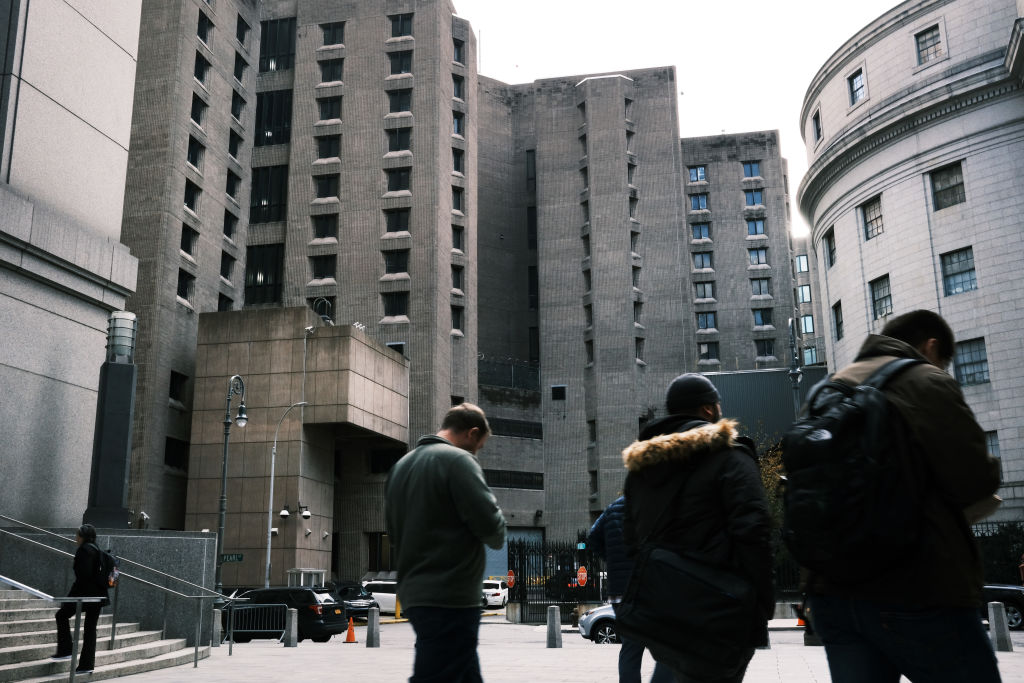
Three weeks before indicted serial pedophile Jeffrey Epstein's Aug. 10 apparent suicide in Manhattan's federal Metropolitan Correctional Center, he had been found unresponsive in his cell with marks around his neck after a suspected suicide attempt. Lawyers for his cellmate at the time, Nicholas Tartaglione, asked MCC to preserve the surveillance video from that time period to prove that Tartaglione didn't assault Epstein but in fact intervened to save him. MCC agreed. On Thursday, federal prosecutors said that video "no longer exists."
Due to a clerical error, "the MCC inadvertently preserved video from the wrong tier within the MCC" and permanently deleted the footage from outside Epstein's cell, the prosecutors said in a court filing. After MCC lawyers identified the wrong cell, officials didn't watch the protected footage because "an MCC staff member confirmed that the video had been preserved," the filing continued. There is a system to back up all video from the Special Housing Unit where Epstein was being held, the prosecutors said, but an FBI review found that video on the backup system was erased "since at least August 2019 as a result of technical errors."
New York's medical examiner has ruled Epstein's death a suicide, and it would have been useful to have proof he'd tried to hang himself unsuccessfully before his death, if for no other reason than to tamp down persistent conspiracy theories that Epstein was murdered to protect his powerful friends from what Epstein knew of their sexual appetites.
The Week
Escape your echo chamber. Get the facts behind the news, plus analysis from multiple perspectives.

Sign up for The Week's Free Newsletters
From our morning news briefing to a weekly Good News Newsletter, get the best of The Week delivered directly to your inbox.
From our morning news briefing to a weekly Good News Newsletter, get the best of The Week delivered directly to your inbox.
Luckily, there is some footage from outside Epstein's cell on the morning he died. It is being used to prosecute his guards, who were supposed to have checked on him every 30 minutes but instead "browsed the internet for furniture, motorcycle sales, and sports news instead of monitoring Epstein in his cell, some 15 feet away in the Special Housing Unit," in the eighth hours before his death, according to their indictment.
A free daily email with the biggest news stories of the day – and the best features from TheWeek.com
Peter has worked as a news and culture writer and editor at The Week since the site's launch in 2008. He covers politics, world affairs, religion and cultural currents. His journalism career began as a copy editor at a financial newswire and has included editorial positions at The New York Times Magazine, Facts on File, and Oregon State University.
-
 Sole suspect in Brown, MIT shootings found dead
Sole suspect in Brown, MIT shootings found deadSpeed Read The mass shooting suspect, a former Brown grad student, died of self-inflicted gunshot wounds
-
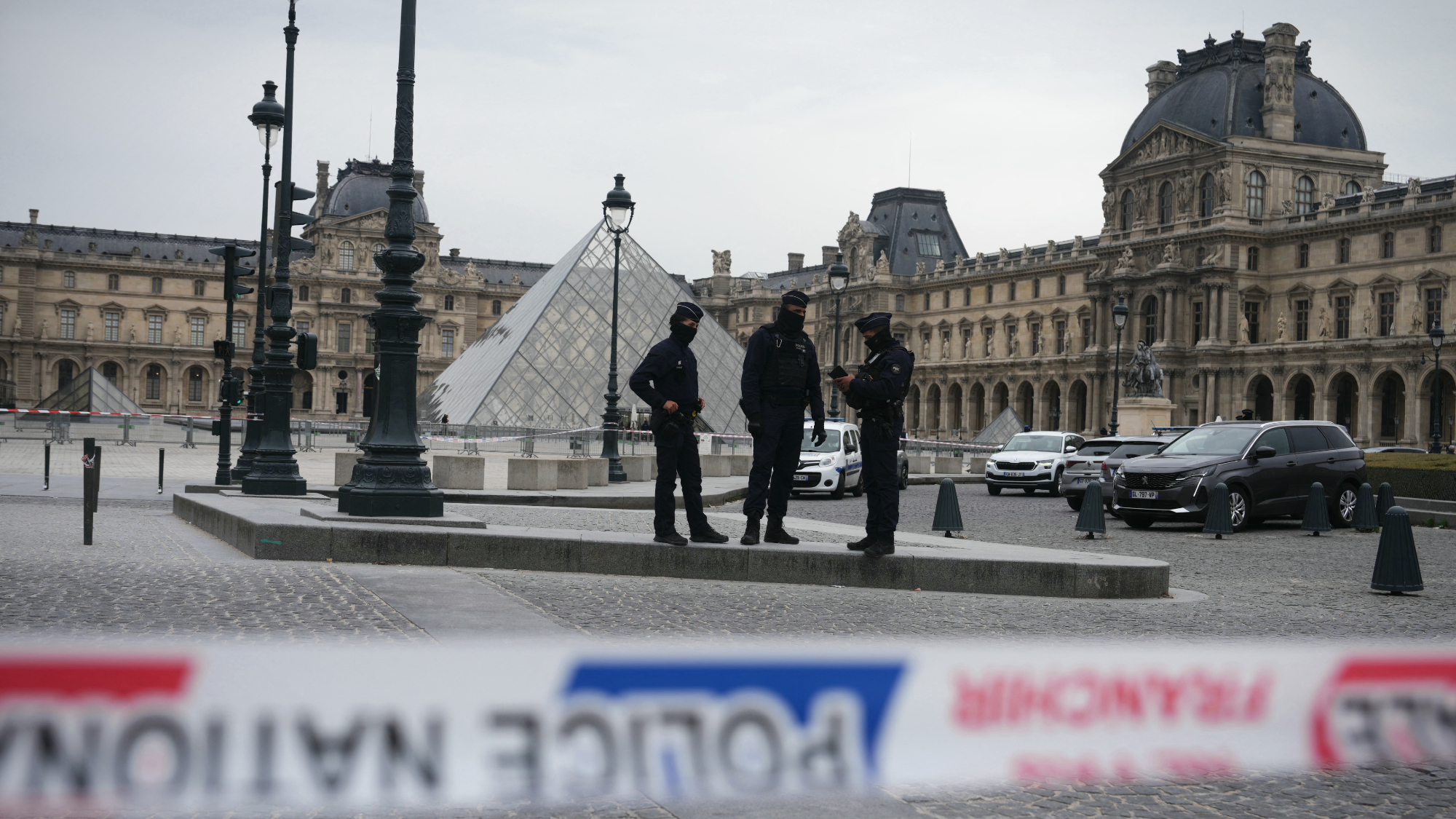 France makes first arrests in Louvre jewels heist
France makes first arrests in Louvre jewels heistSpeed Read Two suspects were arrested in connection with the daytime theft of royal jewels from the museum
-
 Trump pardons crypto titan who enriched family
Trump pardons crypto titan who enriched familySpeed Read Binance founder Changpeng Zhao pleaded guilty in 2023 to enabling money laundering while CEO of the cryptocurrency exchange
-
 Thieves nab French crown jewels from Louvre
Thieves nab French crown jewels from LouvreSpeed Read A gang of thieves stole 19th century royal jewels from the Paris museum’s Galerie d’Apollon
-
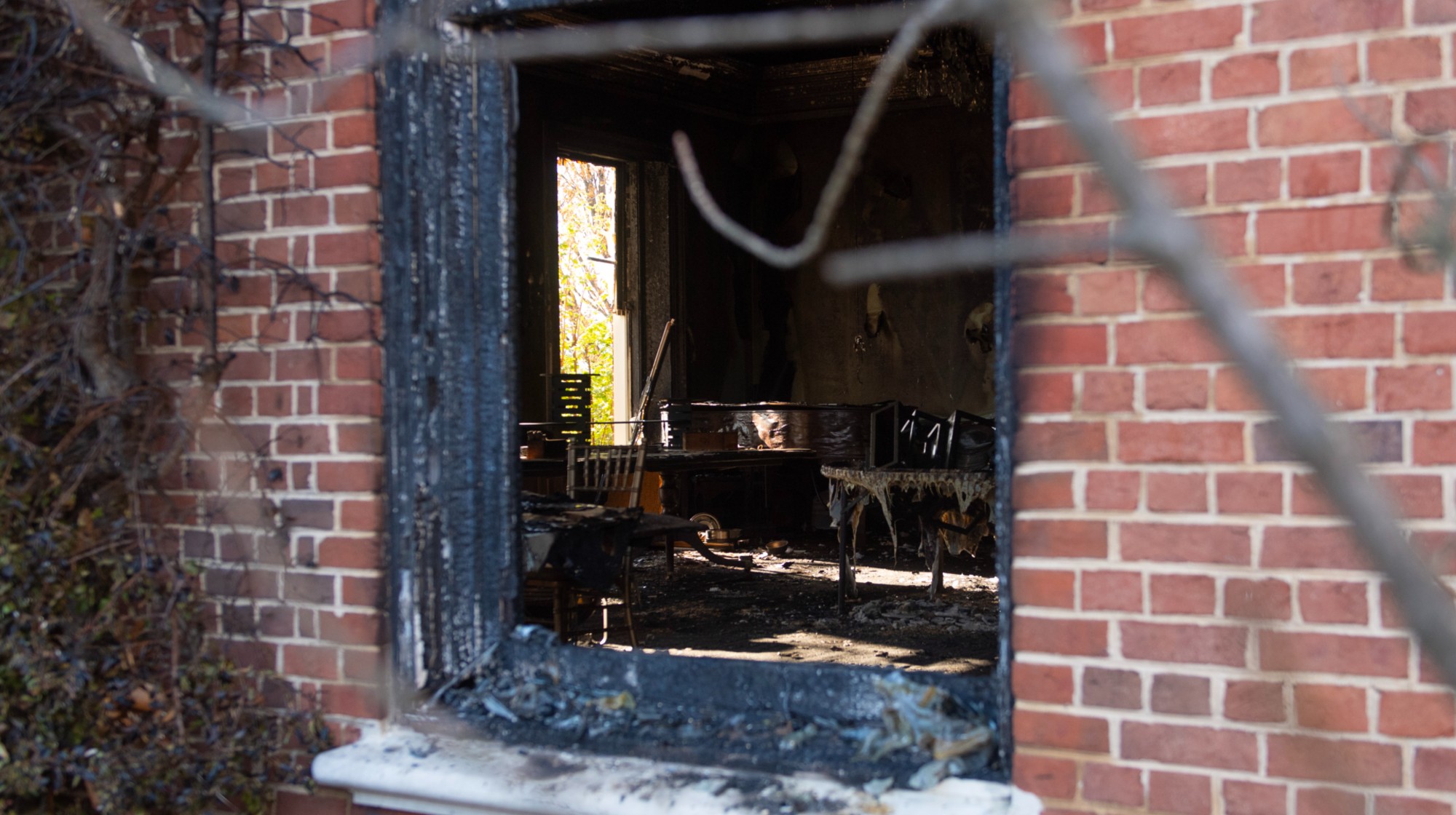 Arsonist who attacked Shapiro gets 25-50 years
Arsonist who attacked Shapiro gets 25-50 yearsSpeed Read Cody Balmer broke into the Pennsylvania governor’s mansion and tried to burn it down
-
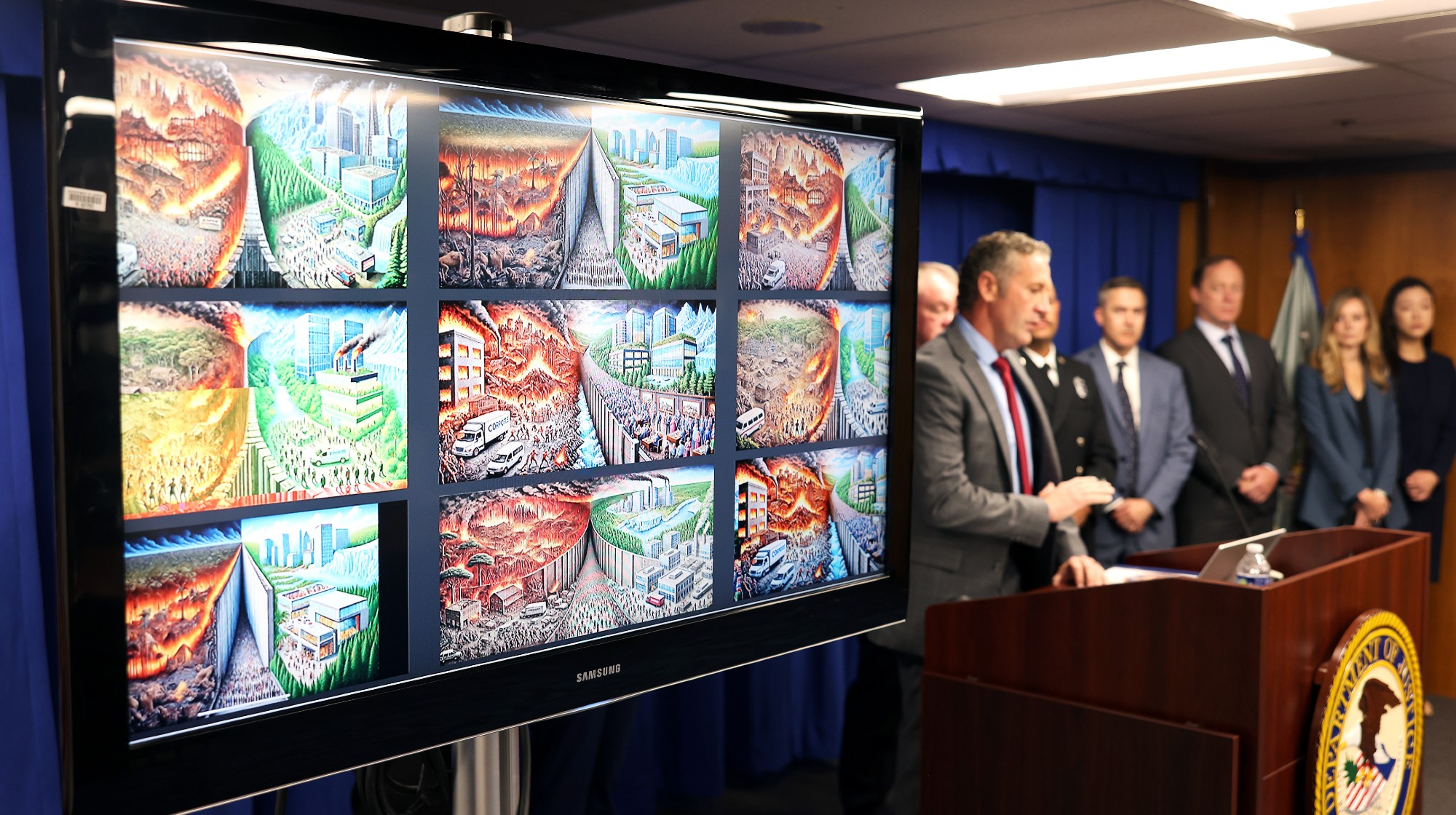 Man charged over LA’s deadly Palisades Fire
Man charged over LA’s deadly Palisades Firespeed read 29-year-old Jonathan Rinderknecht has been arrested in connection with the fire that killed 12 people
-
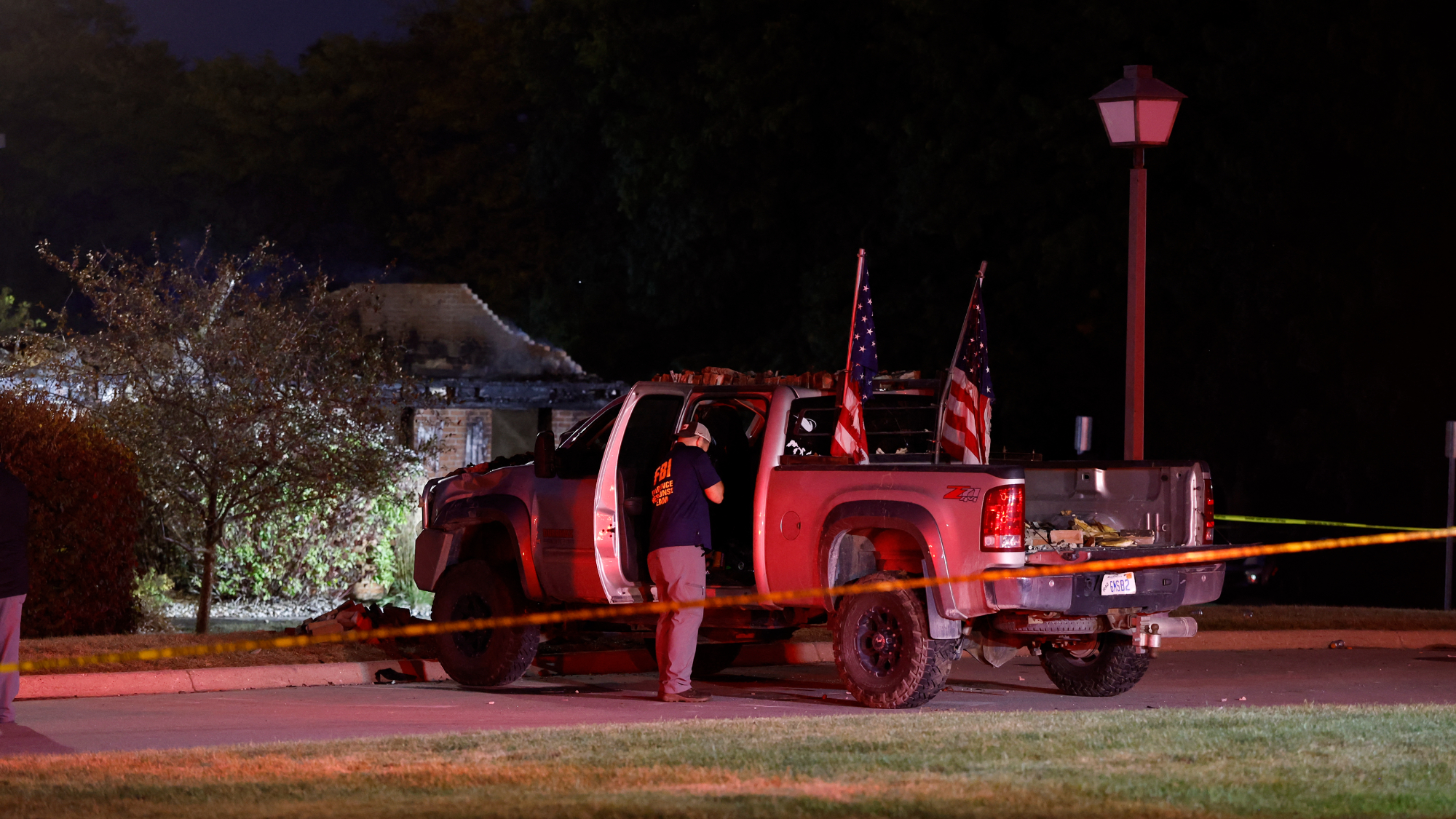 4 dead in shooting, arson attack in Michigan church
4 dead in shooting, arson attack in Michigan churchSpeed Read A gunman drove a pickup truck into a Mormon church where he shot at congregants and then set the building on fire
-
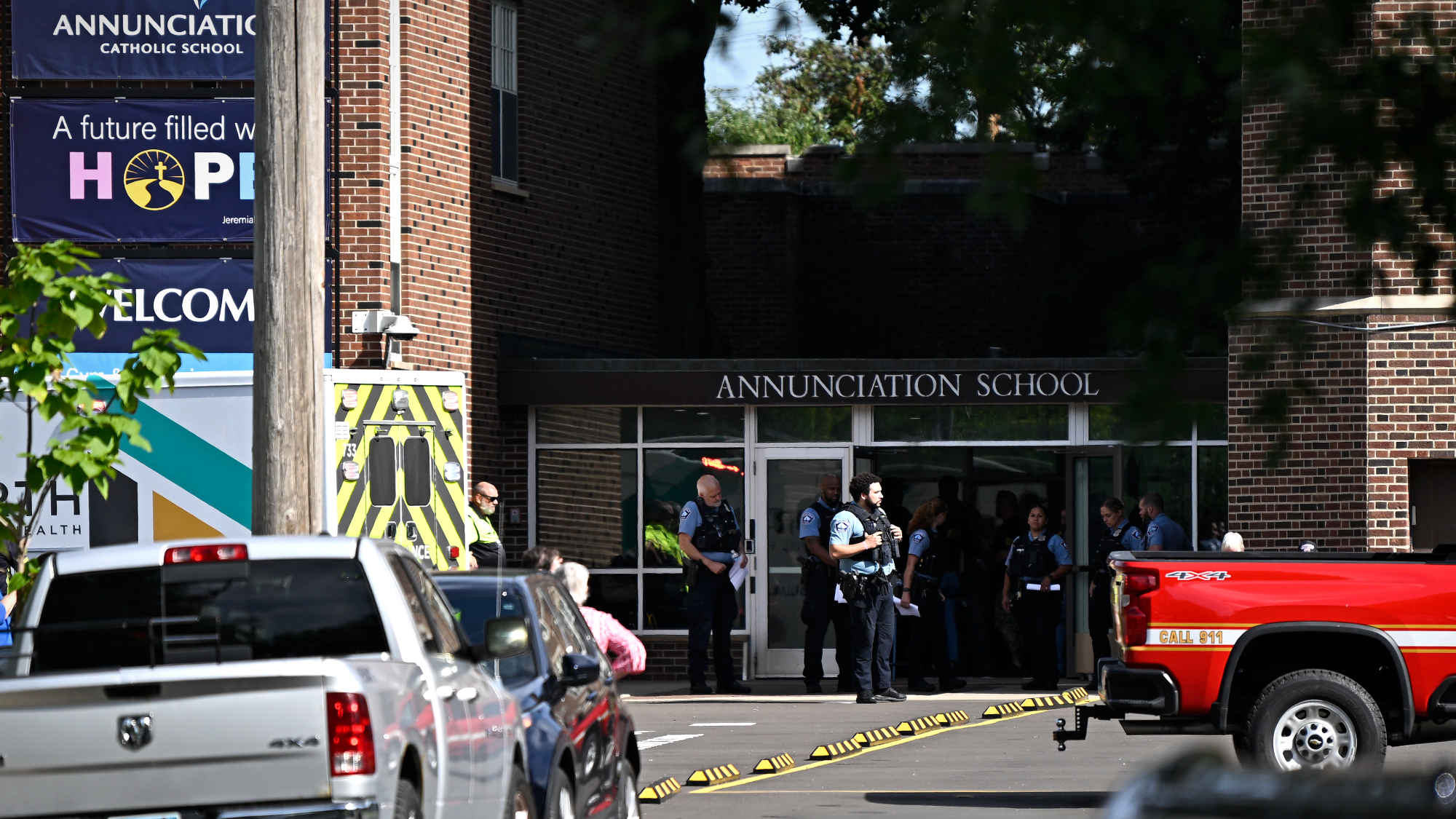 2 kids killed in shooting at Catholic school mass
2 kids killed in shooting at Catholic school massSpeed Read 17 others were wounded during a morning mass at the Annunciation Catholic School in Minneapolis


